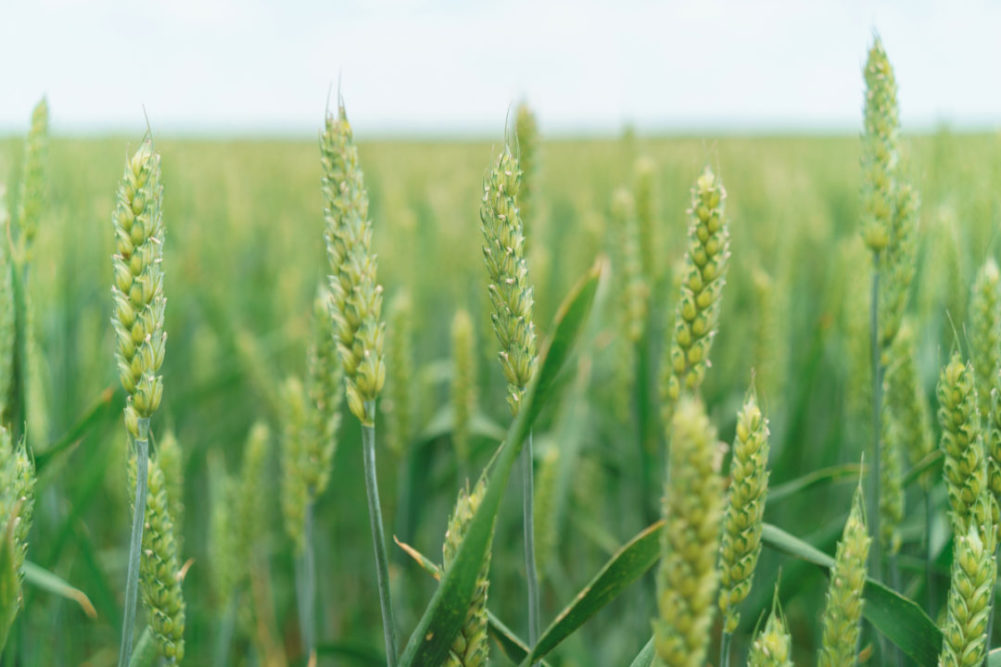WASHINGTON — In the first survey-based projection of the 2021 crop, the US Department of Agriculture in its May Crop Production report forecast winter wheat production in 2021 at 1,282,925,000 bus, up 111,903,000 bus, or 10%, from 1,171,022,000 bus in 2020.
The USDA winter wheat forecast was based on a harvested area projected at 24,612,000 acres, up 7% from 23,024,000 acres in 2020, and an average yield forecast at 52.1 bus per acre, up from 50.9 bus an acre in 2020. The average yield would be the third highest on record if realized.
The USDA forecast hard red winter wheat production in 2021 at 730,833,000 bus, up 11% from 658,640,000 bus in 2020. That was based on a harvested acreage projection up about 6% from 2020.
Soft red winter wheat production in 2021 was forecast at 331,594,000 bus, up 13% from 266,235,000 bus in 2020 and compared with 286 million bus as the 2016-20 average outturn. The USDA forecast for soft red winter wheat fell 1,107,000 bus below the projection issued by a panel of soft wheat millers addressing the virtual spring conference of the North American Millers’ Association on April 20. Soft winter wheat harvested acreage was expected to be 17% higher than in 2020, the USDA said.
Hard white winter wheat production in 2021 was forecast at 14,239,000 bus, up 17% from 12,179,000 bus in 2020.
Soft white winter wheat production in 2021 was forecast at 206,259,000 bus, down 12% from 233,968,000 bus in 2020.
Winter wheat on May 9 in the 18 major production states was rated 49% good to excellent by the USDA, four percentage points lower than the same week in 2020. Across the United States, 38% of the winter wheat crop was headed by May 9, eight percentage points behind the 2016-20 average pace of 46%.
Good-to-excellent conditions on May 9 were 53% in Kansas, 59% in Oklahoma and 30% in Texas. A late-April cold snap lasting several days may have been detrimental to conditions in those states, and affected winter wheat development through the middle Mississippi Valley as well.
Winter wheat producers in south central Texas were gearing up for harvest by May 9, the USDA in Austin said.
The farm operator survey behind the USDA forecasts were conducted between April 23 and May 6 to gather information on expected yield as of May 1. The survey sampled about 10,500 producers in all major production areas by phone, mail, online or personal interviews.
The USDA explained its survey technique thusly: “Farm operators were interviewed to update previously reported acreage data and seek permission to randomly locate two sample plots in selected winter wheat fields. The counts made within each sample plot depended upon the crop’s maturity. Counts such as number of stalks, heads in late boot, and number of emerged heads were made to predict the number of heads that would be harvested. The counts are used with similar data from previous years to develop a projected biological yield. The average harvesting loss is subtracted to obtain a net yield.”





